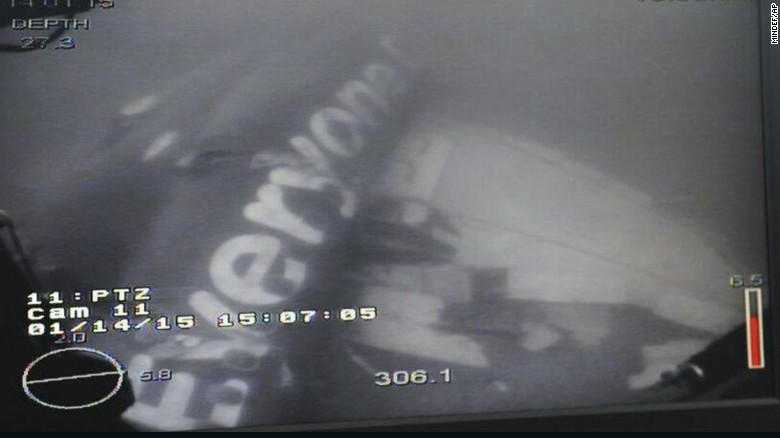
The incessant torrents washed away bridges in the area and turned mostly dusty roads into gorges, locking the people of this area away from the rest of the world. Up to now, the bridges remain unrepaired while the roads are virtually inaccessible.
For those who live across the Nyamuzizi River, they have to cross the murky waters risking drowning and being attacked by crocodiles.
“We employ the services of some men who help carry us across rivers but at a price,” said Georgina Muswerota from Johane village.
The river daredevils charge a fee of US$5 for a single passage across the river. “If you have luggage the fee goes up,” she said.
Another villager, Aleck Chimanga said the worst affected were schoolchildren who were being forced to miss school many times because of the flooded river. The bridge at the river was swept away by storms three years ago.
“Children at times do not go to school, especially those who attend Chisambiro and Kapondoro schools. It becomes too dangerous for them,” he said with concern etched on his weathered face.
During the burial of victims of some of the Harare-Nyamapanda road accident which claimed 26 people mostly from that area, relatives had to use cattle-drawn scotchcarts to ferry the bodies of their loved ones across the river.
“We were lucky that it has not rained for the past few days otherwise it could have been difficult to get the bodies across,” said a villager.
As a result of the bad roads, all but one public transporter, the Zupco bus on which many villagers perished in the accident, have withdrawn their services.
“We have to wake up at 4am and cross the river then walk all the way to the shops where we catch the bus. If you miss it, then you have to try another day,” said Michael Karonda.
The villagers also blamed the large number of people who died in the recent accident on the inadequate transport.
“If there were many buses people would not have all been on one bus,” said Alfonse Siwetu, a brother to Vengai Chinyama who lost his wife and three children in the accident.
The district administrator for Mutoko, Cephas Mudavanhu said he was aware of the problem.
“We have embarked on a project to rehabilitate and upgrade the roads,” he said.
Chief Mutoko (Philemon Nyachoto) said the roads needed attention as a matter of urgency.
“We are aware that the government has no money but the roads should be improved,” he said.
The Standard last week experienced firsthand the transport nightmare that the villagers live with every day. The news crew had gone to report on the burial of the four members of the same family who were killed in the Zupco bus disaster.
We negotiated our vehicle over collapsed bridges which will certainly flood quickly should there be a heavy downpour. Because the normal route is no longer in use, we had to make several detours and by the time we finally got to Chisambiro Business Centre, I had lost all sense of direction.
Crossing Nyamuzizi River on foot was no easy feat, especially after plodding through a dense forest with tree branches hanging over the small footpath.
Clambering down the river bank was another challenge. The steep edges were dotted with smooth rocks which were so slippery we literally crawled on all fours to get to the base of the river.
On our way out of the river we met a villager who was coming from the funeral who told us it had taken her an hour to get to the homestead from the river. It was already getting dark and there was no doubt therefore that we had to cross the river in the darkness of the night if we had to make our way back to Harare.
Determined to cut the hour to at least 30 minutes, we dragged our weary bodies up the river bank and once again were plunged into another jungle with thistles and the same jagged footpath.
After more than an hour, we finally got to the Chinyamas just in time to catch the last fading light. The return trip in the dark was more than a nightmare.
Sunday 25 January 2015
http://www.thestandard.co.zw/2015/01/25/disaster-exposes-mutoko-nightmare/



